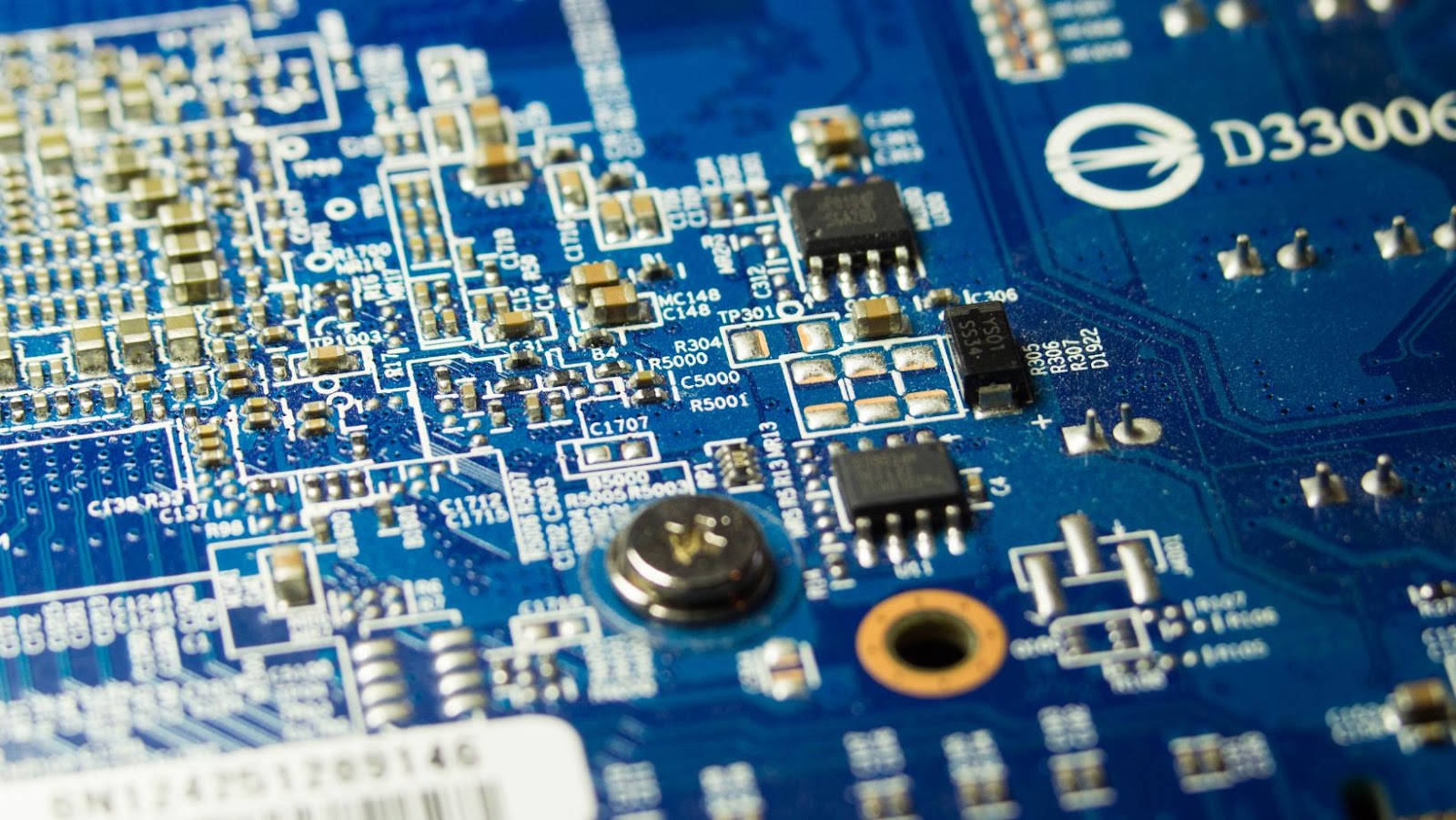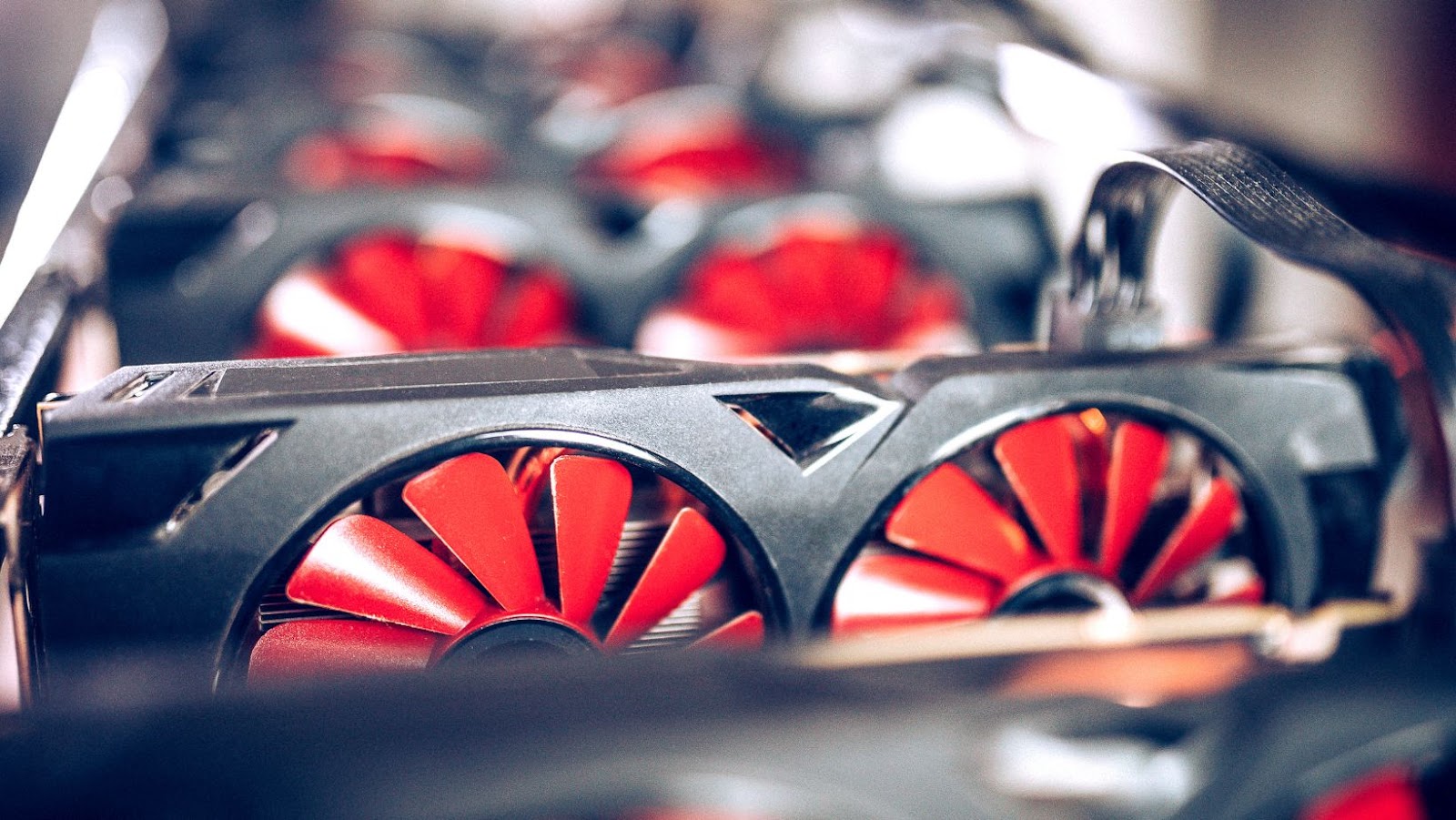Nvidia recently announced its latest GPU architecture, Hopper, and promises to be a major leap forward for the tech giant. Hopper is the latest addition to Nvidia’s line of high-performance GPUs, and it promises to deliver excellent performance and power efficiency.
This article will introduce Hopper and discuss how Nvidia’s other GPU architectures fit into the picture.
Nvidia takes the wraps off Hopper, its latest GPU architecture
Nvidia is a leader in computer graphics technology and its GPU (graphics processing unit) architecture is widely trusted for its powerful and advanced capabilities. The company’s latest GPU architecture, Hopper, is set to revolutionize the industry by taking advantage of its new computing instruction set—the first update since the Kepler architecture’s launch in 2012. This new generation of GPUs boasts improved architecture, double-precision performance, new features like Simultaneous Multi-Projection (SMP), and an enhanced deep learning capability.
Hopper marks a major shift from Nvidia’s earlier architectures as it ushers in a new era of GPU computing for AI (artificial intelligence) deep learning and provides an exciting step forward for virtual reality (VR). It’s built around NVIDIA Turing™, which enables users to render more efficiently than past designs – allowing them to squeeze out more performance with fewer resources. In addition, with up to six times better floating point performance than the previous Maxwell Architecture, Hopper unlocks much needed scalability when tackling complex real-time workflows while reducing power consumption in smaller devices.
With this improved core technology, Nvidia promises faster results with less accompanying hardware costs and electricity use. In addition, with other abilities such as Heterogeneous System Architecture system-on-chip capabilities that allow direct communications between CPUs and GPUs using NVLink™ interconnect technology—Nvidia takes the wraps off Hopper showcasing why their GPUs are top choices for AI development and gaming applications alike.
Hopper
Nvidia has unveiled Hopper, its latest GPU architecture. This GPU is set to revolutionize performance and power efficiency for data centers, server rooms and other applications. Hopper will allow developers to use advanced features like real-time ray tracing, AI and machine learning. It also promises greater scalability and improved memory bandwidth.
Let’s look closer at what makes Hopper such a powerful architecture.
Features of Hopper
To date, Nvidia’s latest GPU architecture, Hopper, is the company’s most powerful and advanced architecture. This new architecture features a substantial improvement in performance over its predecessors, with higher clock frequencies, improved memory bandwidth and power efficiency.

Hopper boasts several key features:
-High Clock Frequency: Hopper has a boost clock of up to 3.0 GHz, which is up to 30 percent higher than the clock frequency of Nvidia’s Turing GPUs. This allows for better performance in applications that involve frequent loading and unloading of data.
-Increased Bandwidth: The new architecture improves the bandwidth utilization of Pascal GPUs by an additional 40 percent with its 256GB/s memory bandwidth—the highest ever offered by an Nvidia GPU. This helps reduce overall latency and makes it easier to design larger pipelines and do more work with each pass through a rendering technique.
-Scalable Graphics Compute Cores: Nvidia has added virtual SIMD (single instruction multiple data) capabilities to Hopper allowing them to scale from 8 cores up to 1024 for higher efficiency computation tasks such as artificial intelligence, deep learning, scientific computing and graphics rendering applications. This allows the architecture to more effectively delve into more complex computation challenges that previously required vast amounts of time or electricity on other architectures.
-Power Efficiency: Another major improvement with Hopper is that it has a much lower Thermal Design Power rating (TDP). As a result, the design reduces power consumption during operation while still packing powerful performance boosts compared to its predecessors—meaning you can complete tasks faster with less energy required from your machine.
Performance of Hopper
Nvidia’s Hopper GPU architecture enables GPUs to operate at higher frequencies and increase performance. In addition, its new streaming multiprocessor (SM) design, available with Nvidia’s next-generation GPUs, is designed for energy efficiency and higher frequency operation.

Hopper also adds new instructions for increased compute operation such as better handling of reordering instructions, faster delivery of cross-compiler registers and improved effective memory coalescing. In addition, it has more efficient cache structures with improved levels of associativity and larger caches, as well as dynamic branch prediction to speed up decision-making on branches dependent on data sources, such as if statements in a code.
Hopper is designed to reduce the power its cores consume when idle or lightly loaded, allowing for extremely high compounding performance in heavier use cases. The stream processor engines can switch between halves of the 32 register file granularity to perform load/store operations efficiently. In addition, the L2 cache structure has been reworked so that it can be accessed more predictably and can store up to 2x times more data than previous generations architectures, allowing NVIDIA GPUs’ workloads to be remarkably fast under high pressure due to exhaustive operations or transparently dedicated calculations like depth sorting or loop optimizationn in shaders programs.
Other Nvidia GPU architectures
Nvidia’s GPU architectures are at the forefront of cutting-edge technology in the gaming and computing industry. Following their latest architecture Hopper, Nvidia reveals some more exciting GPU architectures in development. These GPU architectures can potentially revolutionize how computers are used in the future.
Let’s take a look at what new architectures Nvidia has to offer.
Turing
Nvidia Turing is the latest addition to the range of Nvidia graphics processing unit architectures. Named after early computer pioneer Alan Turing, it was first announced at Siggraph 2018 and powered the company’s RTX 20 series graphics cards.
Turing has brought several new technologies to Nvidia GPUs including Adaptive Shading, which increases efficiency with improved sampling throughout an image. It also includes support for real-time ray tracing and greatly boosts graphical performance over previous-gen architectures.
While Turing was first released via desktop GPUs, it has also been used in mobile GPUs and High-Performance Computing (HPC) applications such as Ai accelerator accelerators and Cloud AI Solutions. Furthermore, thanks to improved power efficiency and scalability, Turing can easily be integrated into laptop designs allowing better capabilities than a standard mobile GPU architecture.
The success of Turing has seen the company subsequently introduce other new architectures such as the Ampere line for data centers and supercomputers as well as Hopper for gaming laptops. Both have proven popular upgrades on their respective fronts allowing for faster rendering, improved power efficiency, support for ray tracing, advanced 3D simulations etc., faster training times and shorter inference times when used in AI applications.
Volta
Nvidia’s Volta GPU architecture is the latest technology that defines its new path for computing. It is based on 3D memory technology, so-called “stacked memory” and includes speed and power efficiency improvements. The new Volta architecture combines die shrinks, process optimizations, and various other tweaks for breakthrough performance. It’s built with the 12nm node from TSMC, which allows for higher densities and better power management than ever before. In addition, with faster clock speeds, higher cores counts per node, multi-level cache hierarchy design and better instruction scheduling, it yields faster computational throughput than Pascal GPUs.
Volta also offers a variety of features such as: Tensor Cores which provide programmability beyond floating point mathematics; tensor float / integer 16 (TF32/TensorFloat16), a new numerical format development that is faster than FP32 while preserving accuracy; next generation CUDA cores developed primarily for artificial intelligence applications; High Accuracy DRAM (HAD) interface designed to reduce DRAM access latency; Advanced Performance Tuners (APTs), for real-time tuning of user code at run time; NVLink 2.0 direct processor connects technology to high-end servers to allow exchange of data between nodes at up to 300 gigabytes per second; Coherency Engine which intelligently splits tasks across multiple processors to ensure all components are utilized efficiently; an optimized 7nm Volta GPU architecture with a subset of features including GDDR6 support over 128 bit wide buses.
Ampere
Nvidia has recently announced its latest GPU architecture, Hopper. This cutting-edge architecture has been designed to be the foundation for many of the company’s future applications. While Hopper is an impressive accomplishment, it is just one of a handful of architectures from Nvidia that make up their family of GPUs.

In addition to Hopper, Nvidia’s other recent architectures are Ampere and Turing. Established in 2018, Ampere added several new features over its predecessor Pascal microarchitecture such as ray tracing and artificial intelligence (AI) capabilities. It was built on the 12 nm fabrication process and is used in GeForce Gaming graphics cards such as RTX 2080 Ti and RTX 2080 Super.
Turing is an even newer microarchitecture release from NVIDIA which premiered in September 2018. It offers AI enhancements and improvedray tracing abilities over Pascal and Ampere GPUs. It uses a 12 nm fabrication process and can currently be found powering GeForce gaming cards such as RTX 2060 Super, RTX 2070 Super, and RTX 2080 Ti series cards.
Whether they’re using Hopper or one of Nvidia’s other GPU architectures, developers can create powerful solutions with incredible graphics fidelity. In addition, the recent emergence of ray tracing technologies combined with revolutionary AI capabilities gives developers unprecedented control over their projects’ visual aspects, leading to even more immersive gaming experiences than ever possible.
Conclusion
After taking the wraps off their latest GPU architecture, Hopper, Nvidia has shown the world just how much potential lies within their GPU product line. Not only does Hopper provide improved performance, but it also offers greater energy efficiency, allowing users to get the most out of their systems without worrying about power consumption.


More Stories
Reasons Why Instagram is Essential for Building Your Personal Brand
Comprehensive Assessment of Dafabet Sportsbook
How Smart Contract Audits Build Trust in Blockchain Applications